
CENNI STORICI
Circa a metà strada fra Peschiera e Lazise, sta Pacengo, che ha scarsa riviera ed è considerato paesino di transito. E’ tuttavia un centro antichissimo, e lo testimoniano i notevoli e numerosi reperti dell’Età del Bronzo – e i resti di palafitte – ritrovati in zona nel corso del XX secolo. I rinvenimenti paleo-etnologici più importanti sono dovuti al conte Arrigo Balladoro, e provengono dagli scavi eseguiti nel piccolo porto detto Bor. Pacengo è ricordata dalla storia risorgimentale perché qui, il 28 aprile 1848, la brigata Piemonte sconfisse e mise in fuga gli Austriaci, comandati dal generale Wohlgemuth.
DA VEDERE
La chiesa parrocchiale. Sorge poco sopra il livello stradale ed in stile neoclassico: fu disegnata da L. Rossi alla fine del Settecento e reca sulla facciata una targa dedicata ai Caduti della Prima Guerra Mondiale. Una bronzea Vittoria alata, opera di R. Banterle, si stacca da una bianca lastra di marmo. L'interno della Chiesa è in stile corinzio, decorato da Pio Piatti che dipinse anche un Presepio (1793) la Predicazione del Battista, e, nella cupola, gli Evangelisti. L'altare maggiore è ricco di marmi; opera degli scultori A. Zoppi e A. Spiazzi sono i marmorei angeli che sostengono le acquasantiere. In sacrestia si conserva il secentesco Battesimo di Cristo, opera del Bassetti
Le ville. Circondata da un vasto parco-giardino è la villa che appartenne ai conti Balladoro. Notevole è pure la villa dei Catterinetti-Franco. La villa più importante è sicuramente quella chiamata «La Bottona». Circondata dal parco, riccamente alberato, la villa fu costruita su disegno di G. Barbieri e fu proprietà del Conte Vittorio Piatti del Pozzo, valoroso ufficiale di Vittorio Emanuele Il. Nel 1872, la villa fu restaurata ed ampliata dai conti Brognoligo.
HISTORICAL SIGNALS
Approximately to half road between Fish farm and Lazise, it is Pacengo, that it has insufficient coast and it is considered transit small village. And' however an ancient center, and testify it the remarkable ones and numerous reperti of the Age of the Bronze - and the rests of stilt houses - it finds again to you in zone in the course of XX the century. The recoveries top-etnologici more important have had conte to the Arrigo Balladoro, and come from the diggings are executed in the small said port Bor. Pacengo is remembered from the risorgimentale history because here, the 28 you open them 1848, the Piemonte brigade it defeated and it put in escape the Austrians, commands to you from general Wohlgemuth.
TO SEE
The parochial church. It rises little over the street level and in neoclassico style: it was designed from Red L. to the end of the 1700's and brings on the facade one plate dedicated to the Fallen of the First World war. One bronzea Victoria winged, work of R. Banterle, detaches from one white woman marble slab. The inside of the Church is in style corinzio, decorated from Devout Plates that a Presepio painted also (the 1793) Preech of the Batiste, and, in the cupola, the Evangelisti. The greater altar is rich of marbles; work of the scultori To. Lame and. Spiazzi is the marmorei angels who support acquasantiere. In sacrestia conserve the secentesco Baptism of Christ, operates of the Viols The villas. Encircled from an immense park-garden it is the villa that belonged to the Balladoro accounts. Remarkable the villa of Catterinetti-Franc is pure. The villa more important is sure that call “the Bottona”. Encircled from the park, rich tree-lined, the villa was constructed on design of G. Barbers and was property of the Conte Vittorio Piatti of the Sink, official valoroso of Vittorio Emanuele In 1872, the villa was restored and widened from the Brognoligo accounts.
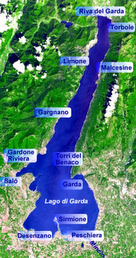

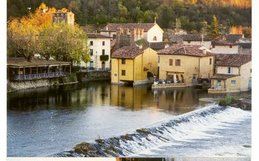
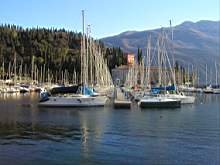
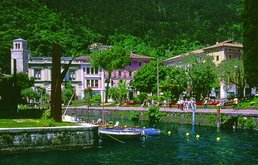
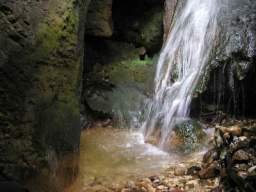

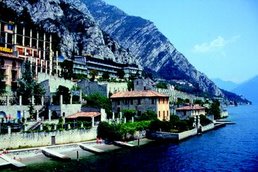
Nessun commento:
Posta un commento